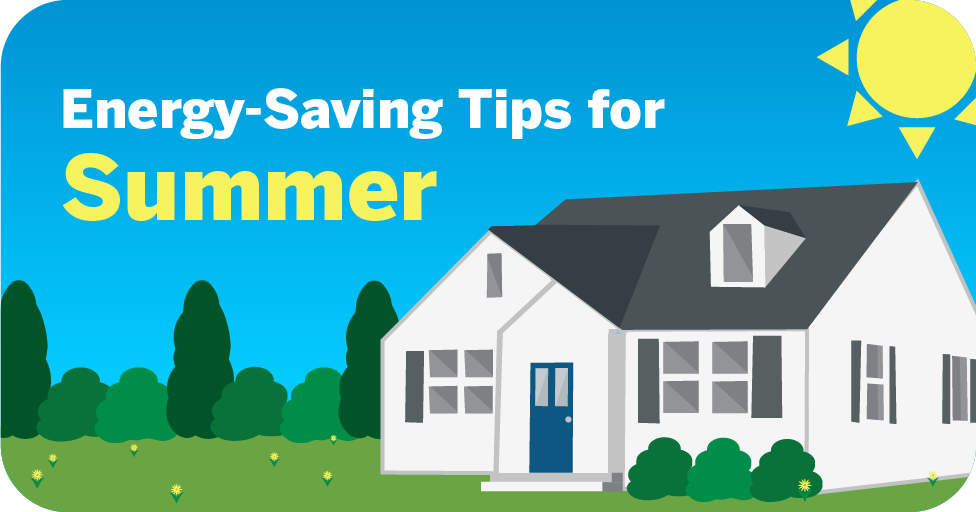For the most majority of consumers, composite decking materials are among the best decking materials available for all purposes, if not the best.
Despite its greater initial cost, composite decking requires significantly less maintenance and is far more durable. It does not split or deteriorate like pressure-treated or specialty timbers. As a result, it offers a better long-term value proposition.
Composite decking is the most weather-resistant material available, and it requires minimal maintenance. If you want to build a beautiful deck that will last for a long time. Composite decking is the best alternative, regardless of long-term investment prices or time saved on maintenance.
Why is it so important to select the right decking materials?
Common decking materials include wood, composite, and exotic wood. Before deciding on the best decking material for you, conduct extensive research on your alternatives, understand the benefits and drawbacks of each, and the level of upkeep required to keep your deck looking beautiful for years to come.
Installing a new deck or upgrading an old one can be a significant undertaking. Begin your decking project by analyzing your entire outside space to determine what type of decking material is best for your yard.
When developing your deck design ideas, you will select materials, textures, and colors. Consider the location of your deck, its height, and the architectural components of your home, and other property characteristics that you want to highlight.
Composite Decking
There is no doubt that composite decking is one of the best decking materials. Composite decking has been a popular choice for many backyard restorations because to its environmental friendliness and ease of upkeep when compared to timber decks. It has progressed significantly from materials that earlier resembled plastic more than wood.
Composite decking is currently made from a wide range of raw materials, including wood chips, recycled plastic, bamboo, and others. COOWIN composites, for example, contain 50% wood fibers to enhance the natural appearance of a solid wood deck.
Composite decking is extremely low-maintenance and does not require sanding or refinishing. Typically, the only maintenance necessary is cleaning your deck a few times a year.
While composite decking is often more expensive than wood planks, you may save money on long-term upkeep by not having to stain or paint your deck in the future. The boards will survive wear and tear while experiencing only minor cosmetic changes over time.
Pressure Treated Wood
This is the cheapest option among the top decking materials. This is a good option for those who do not mind regular maintenance. Pressure-treated timber is the most popular form of wood decking. While not every timber is treated in the same way, pressure-treated lumber is saturated with chemicals that include insecticides and anti-rot qualities, increasing its natural resistance.
It is also easy to find, cut, and work with in general. If you detest the natural color of your pressure-treated wood, a stain can help to hide it and make it more visually appealing to you. It’s generally best to let your deck weather for a few months before staining, although there are some advantages to sanding first.
It’s also worth noting that there are several grades of treated timber available, and your local supplier may assist you in selecting the one that best fits your budget. When comparing composite and wood decking, the most noticeable difference is how conventional timber cracks, warps, or fractures.
Pressure-treated wood needs frequent maintenance as well. However, with proper maintenance, such as power washing, sanding, and re-staining, you can potentially extend the life of your pressure-treated deck. Pressure-treated wood is extremely inexpensive, ranging between $15 and $35 per square foot, making it one of the best decking materials.
Composite vs. Wood Which decking material is best?
Many homeowners select wood because it is familiar, easily accessible, and inexpensive. Simultaneously, difficulties with wood decks such as splinters, rotting, and excessive upkeep cause a variety of issues.
Although composite decks are less expensive to maintain, some homeowners are concerned that they will not be as visually appealing as wood. However, industrial innovations have resulted in composites that have the rich, natural appearance of wood but do not require the headaches of maintaining a wooden deck
Let’s take a look at the best decking material for each of these key issues:
The Looks
While early composite decks looked unnatural and plastic-like, some modern composites have a varied appearance and a randomized embossed grain pattern, ensuring that no two boards are the same. As a result, COOWIN composites imitate wood deck boards.
Moisture
One major issue with wooden decks is that the planks readily absorb water. Wood decking is prone to warping, splintering, cracking, and rotting if not treated on a regular basis with stains, sealants, or paint.
Composite decking products are entirely moisture-resistant to the core, thus they can be put in high-moisture areas without deterioration.
Price
Among the advantages and disadvantages of wood decks, the cost is undeniably beneficial. It is frequently less expensive to buy than composite decking, particularly for the first purchase.
Despite the lower initial cost of wood, composite often pays for itself in 2-3 years with annual maintenance. The price difference is also impacted by the wood species selected against the brand of composite decks, as well as local market conditions.
 Lifeyet News Lifeyet News
Lifeyet News Lifeyet News





